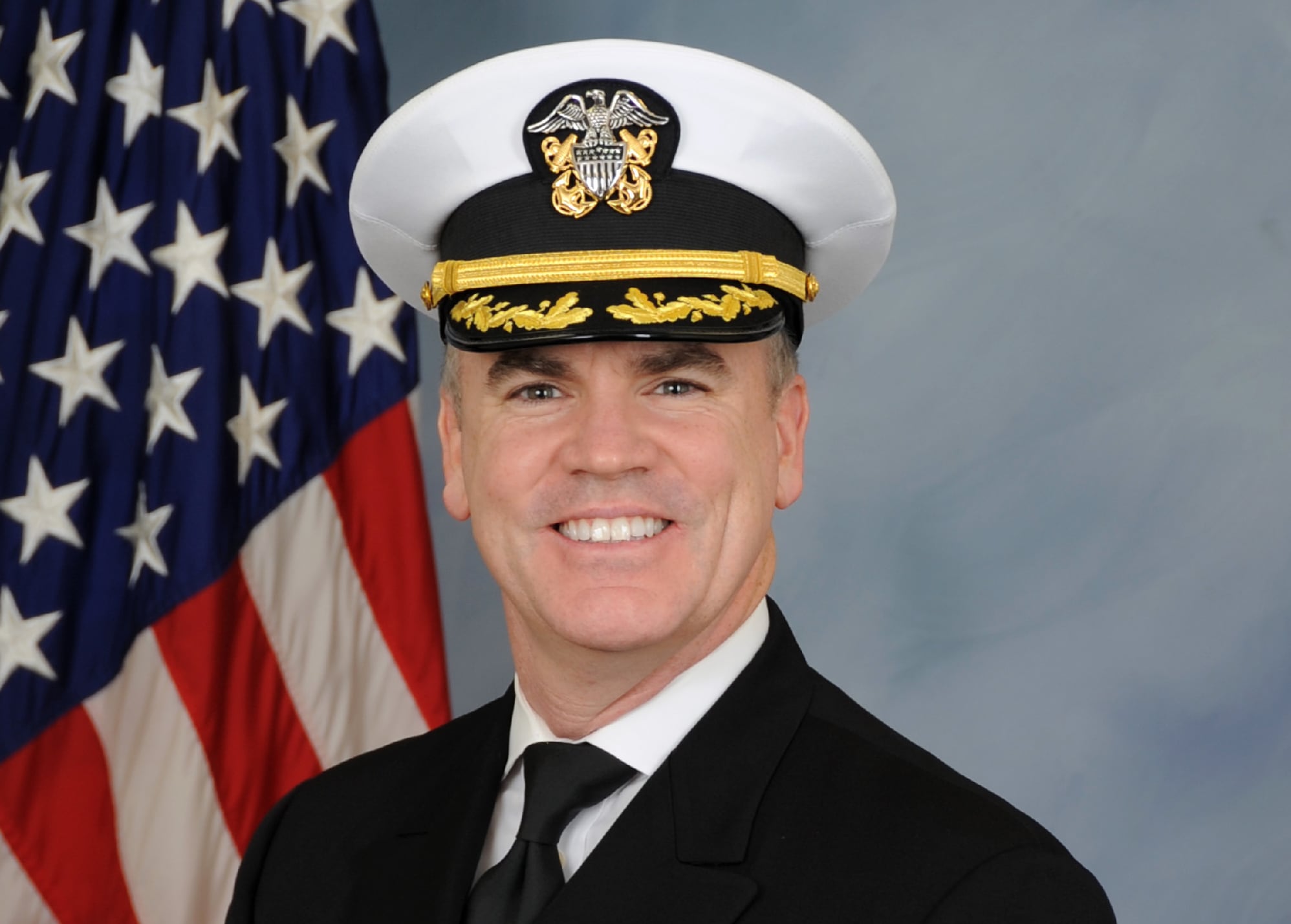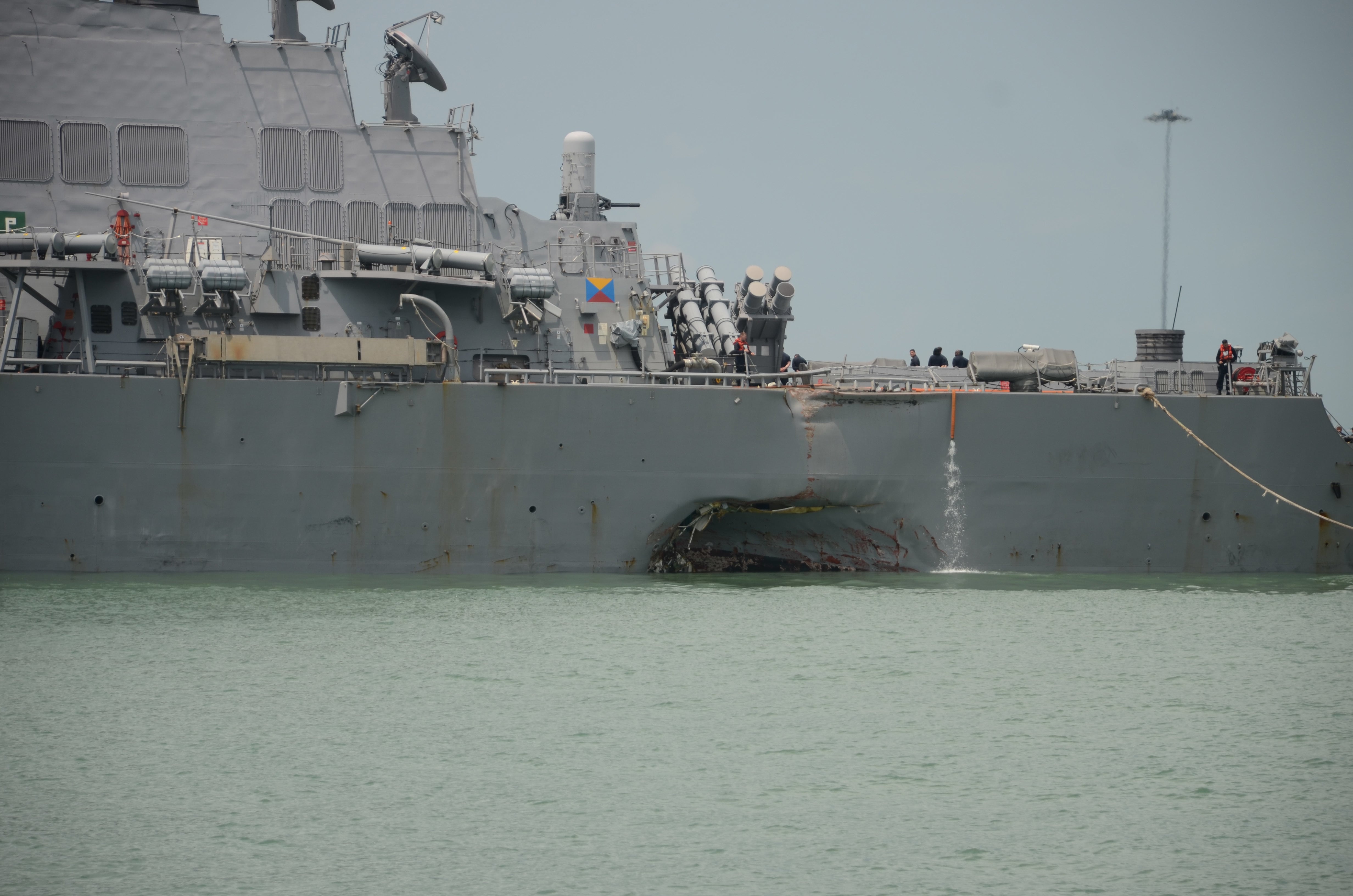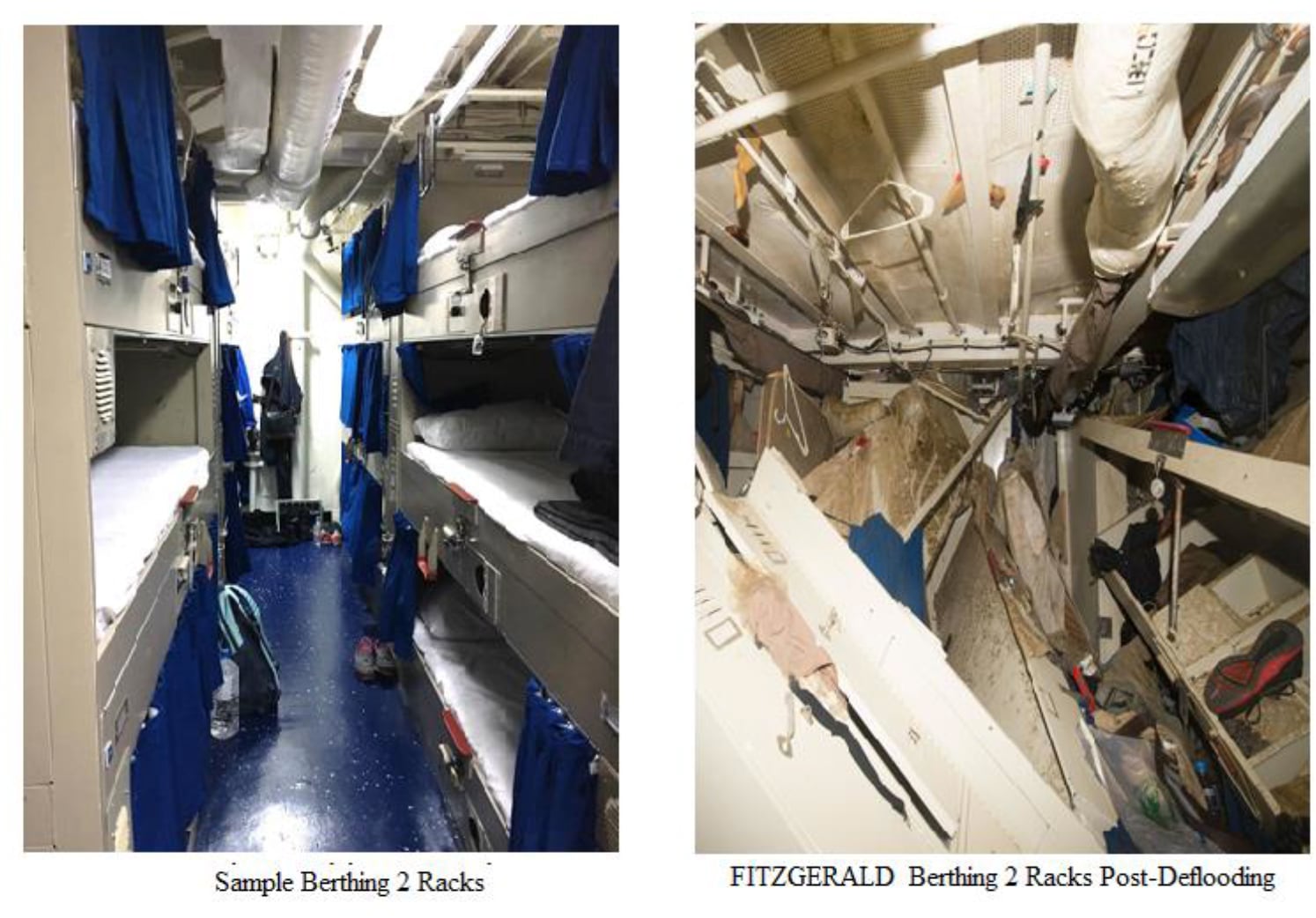Amid the fallout from the destroyer John S. McCain’s collision Monday, the four-star admiral who leads the Pacific Fleet lamented Tuesday that a series of at-sea disasters in 7th Fleet’s waters are taking place during ”the most basic of operations.”
Yet similar problems were apparent months ago, when the cruiser Antietam ran aground in Tokyo Bay in January, a costly mistake caused in part by sloppy anchoring, according to an internal Navy investigation.
That investigation raised questions about whether sailors could anchor a ship properly and led Surface Naval Force commander Vice Adm. T.S. Rowden to direct other commands to review whether existing technical manuals sufficiently explain how to anchor.
“There does need to be a review to determine whether procedures that fully capture the requirements to set an anchor currently exist,” Rowden wrote in his April investigation endorsement.
The investigation into the Antietam’s grounding, recently released under a Freedom of Information Act request, casts a spotlight on the lackadaisical seamanship and questionable leadership that is now a top concern among Navy leaders.
Pacific Fleet commander Adm. Scott Swift sent an internal message Tuesday to officers in charge that the fleet had experienced ”a series of unfortunate incidents, some of which claimed the lives of our shipmates,” while conducting basic duties like anchoring, navigation, surface ship contact management and carrier qualifications.
His message came after Chief of Naval Operations Adm. John Richardson announced a one-day ”operational pause” in the wake of the destroyer John S. McCain’s fatal collision with an oil tanker Monday morning near Singapore that left at least one sailor dead and nine sailors missing.
That disaster took place two months after the destroyer Fitzgerald was struck by a commercial ship off the Japanese coast in June, killing seven sailors.
Those fatalities led to the firing Wednesday of 7th Fleet commander Vice Adm. Joseph Aucoin, who was weeks away from retirement.
The grounding of the Antietam in January was the first in a series of four mishaps so far this year. It was followed by the cruiser Lake Champlain colliding with a South Korean fishing vessel this spring.
Capt. Joseph Carrigan, who was relieved of Antietam’s command in March and received no further punishment, failed to fire the engines as the ship drifted toward a shoal that morning, the report states.
“The grounding was preventable and the CO is ultimately responsible,” the Carrier Strike Group Five report states.

He is currently with 7th Fleet and awaiting orders, officials said.
While not listed as direct causes of the grounding, the report cites a series of miscues that contributed to the incident, which led to $4.2 million in repairs and 1,100 gallons of oil spilling into the bay.
As the ship drifted toward a shoal while bringing up anchor in high winds and currents that morning, Carrigan failed to fire the engines because he feared the anchor would damage the sonar dome, according to the report.
Before that, the ship missed its intended anchorage spot by 60 yards on approach. Instead, it anchored 247 yards from its intended position and didn’t let out enough anchor chain to stop the ship.
The phone talker relayed the ”let go the anchor” order after hearing Carrigan, instead of waiting for direction from the officer of the deck, the report states.
There was a delay between the time of the anchor order and when the anchor fell because a pelican hook retaining pin was inserted backwards, making it difficult for deck sailors to remove it, according to the report.
“The anchor was not properly set and was dragging, but did not provide a visual cue (e.g., chain hopping) to the forecastle team,” the report states. ”The forecastle team reported ‘the anchor appears to be holding.’ This likely added confusion regarding ship movement.”
However, statements revealed that Carrigan, the executive officer, the officer of the deck and the navigator were aware the anchor was not holding the ship in position, according to the report.
The skipper’s rush to get underway that morning, and a demeanor that stifled critical crew communications, were also factors, according to the investigation.
RELATED

The Antietam was underway and heading out of Yokosuka harbor just after 9 a.m., and Carrigan “appeared frustrated that a problem transferring throttle control to the pilothouse caused the ship to get underway late,” the report found.
Carrigan opted at one point to turn down the communications circuit in the pilothouse because it was too loud, a move that left the bridge “severely degraded,” the report states.
RELATED

He also “chose to remove himself and key watchstanders from the Bridge while the anchoring evolution was ongoing, losing time and focus that may have allowed Antietam to take corrective actions,” the report states.
Investigators found that the CO, the executive officer, the officer of the deck, the conning officer and the navigator all failed to account for high winds and currents during the planning and execution of the ship’s navigation and anchoring plan.
“Navigation observed the distance to shoal continued to decrease,” the report states. “There were no reports made that the ship was standing into danger.”
Watchstanders on the bridge and the combat information center “failed to provide forceful backup to the CO,” according to the report.
“There was a general awareness that Antietam was approaching shoal, but neither the navigation team nor the CIC team stated the ‘ship was standing in danger’ or provided a recommendation to maneuver away from danger,” the report states.
The Antietam ran aground at 9:53 a.m.
Carrigan began receiving casualty reports, and the ship declared loss of pitch control on the port and starboard shafts 12 minutes after the grounding, according to the report.
Meanwhile, the ship continued to drift toward fishing vessels and a sea wall, and the crippled cruiser had to turn starboard to avoid a collision.
“Crew members on the fantail reported an oil sheen in the vicinity of the ship,” the report states, and tugs were called in to bring the ship back home as it drifted toward a channel marker.
Several procedural compliance lapses were noted, including omitted maintenance documentation and violations of other directives and CO orders, but those were not direct contributors to the grounding, the report states.
RELATED

The navigator was not qualified as officer of the deck, and the Antietam did not have a qualified navigator on board, the report states.
“There was a lack of formality associated with issuing standard commands, giving orders from the bridge to the forecastle, making navigation reports, and making recommendations to the CO ahead of the grounding which increased decision time,” according to the report.
An unauthorized change to the watch bill was made by the engineering department, replacing an engineman with a machinist’s mate for anchor windlass operation.
The navigation voyage planning check sheet only had two of its five pages filled out, the report states.
Carrigan had a stellar Navy career going before the grounding with a retinue of joint, Pentagon and Capitol Hill postings that mark the bios of rising-star officers.
Geoff is the managing editor of Military Times, but he still loves writing stories. He covered Iraq and Afghanistan extensively and was a reporter at the Chicago Tribune. He welcomes any and all kinds of tips at geoffz@militarytimes.com.




